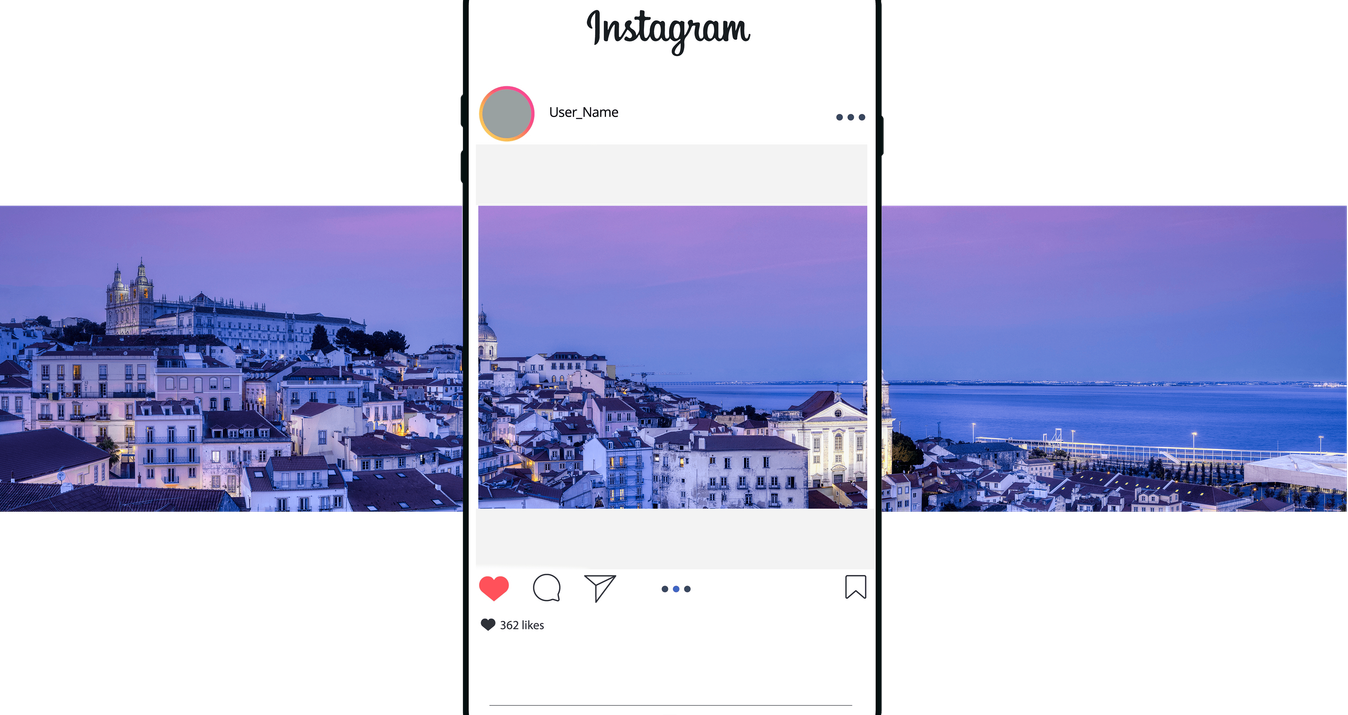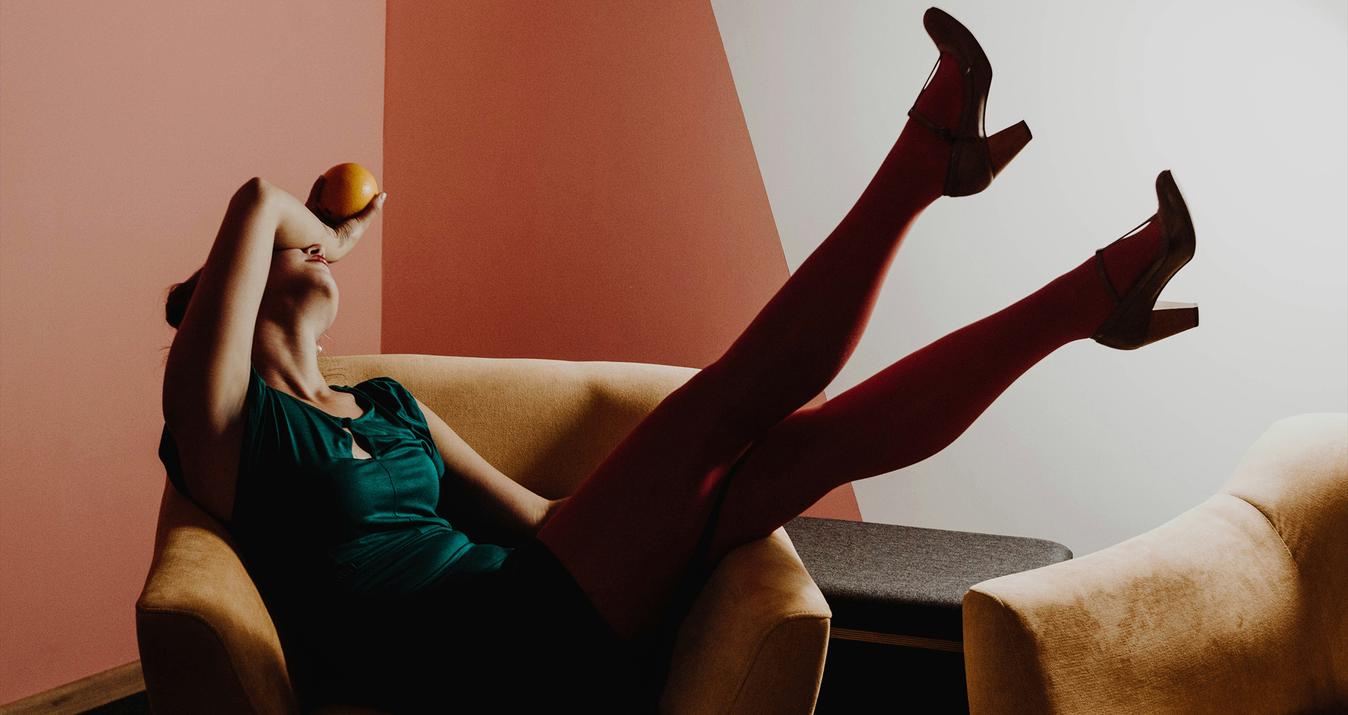Tips for Choosing Your Best Images
February 04, 2015

Making decisions is crucial to the art of photography. They happen after you press the shutter.
Snapselect lets you quickly pick your best images by conveniently viewing similar images and duplicates. This can save you valuable time. But what do you look for?
Making decisions is crucial to the art of photography (and many other things). A lot of decisions happen before you press the camera's shutter. A lot of decisions happen after that, too. One of the key decisions is choosing your best images.
How do you decide between two images nearly the same? Or which one out of many from a photo shoot is the best? What attributes indicate a keeper? Many advise to only show your best photos, yet rarely give much advice on how to choose. Here are a few ideas to keep in mind when evaluating your images.
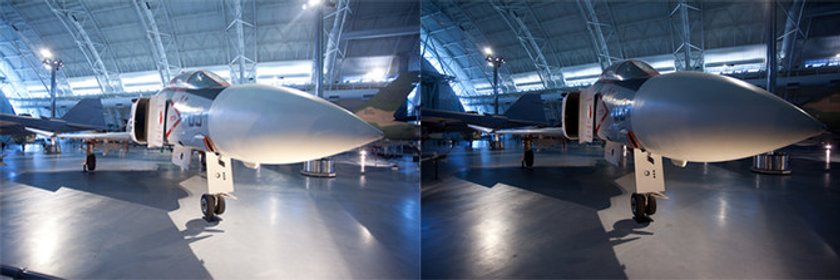
Exposure
This is something to get right in the camera, but it doesn't always work out that way. The sun is a wonderful light source, but it is hard to reposition and some subjects cannot be moved. Yes, exposure can be adjusted using digital tools. However, the results when pushed too far can result in crunchy areas of an image as pixels get squished to the same tonal range. Processing with digital tools removes and alters information. Best to begin with the best information captured. This usually saves time in post-processing.

Detail & Sharpness
Our eyes notice edges and patterns and textures. These details help define what is important in an image. Pick the image with the subject sharp, or with the important parts sharper than the rest of the image. A sharp photograph can be made sharper, but, generally, a blurred image cannot be sharpened again. Areas can be blurred further to give other areas the illusion of sharpness, but the image will never really be sharp again.
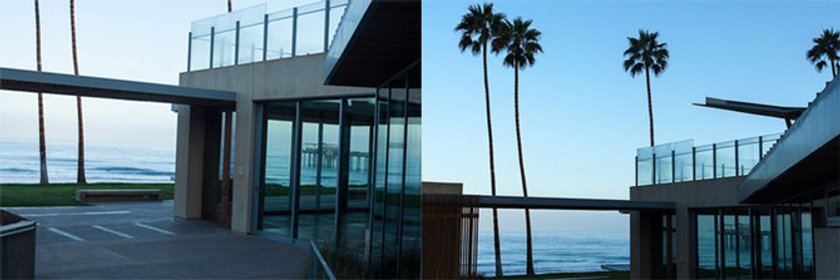
Composition
Cropping and straightening can be adjusted by digital tools, but, again, starting from the best composition leads to less work and better pixels. A strong composition is a strong framework for the expression of the image.
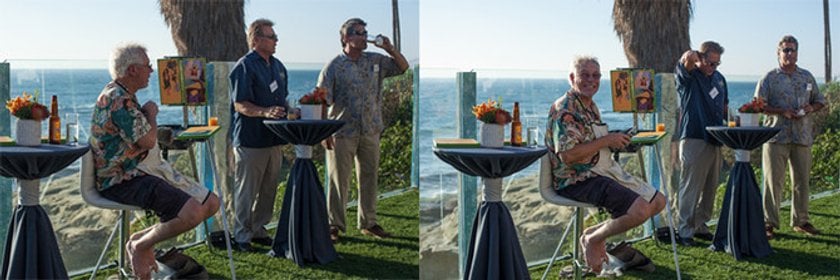
Connection
Portraits are generally stronger if a subject is looking back at the viewer. A connection is felt eye to eye. Whether the subject is a newborn baby, a grandmother, a tiger, a parrot, a criminal, a politician, an actor, or even a statue. That gaze looking back provokes a reaction in us. It is primal.
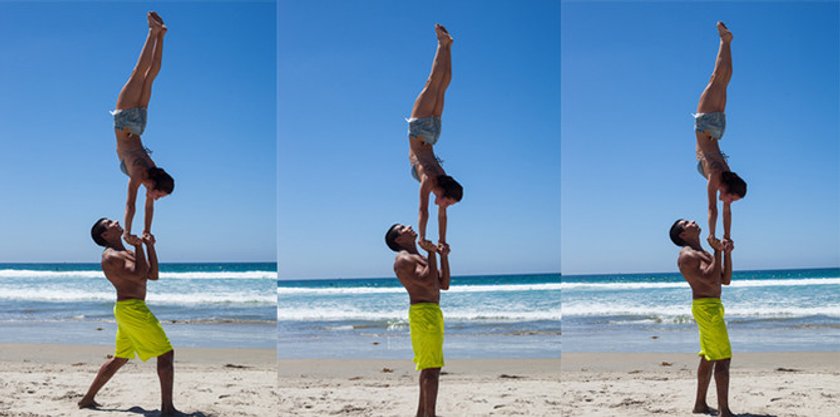
Gesture
Think position and posture and angles between parts. The expression of intention or attitude of a subject in the image contributes to its meaning and to the attitude the photographer is showing toward the subject. The gesture does not have to be big. Think of the "Creation of Adam" by Michelangelo in the Sistine Chapel. The gesture of Adam's hand is casual, while his Creator's is more urgent. Even inanimate objects and plants can have gesture in a photograph because of angle and lighting.

Movement
Is the subject moving? Is that shown in the image? Is it important? Is it graceful? Clumsy? Or is the lack of movement the remarkable thing about the image? Sometimes an image works best when the movement is frozen. Sometimes the motion blur shows the power or speed of the motion.
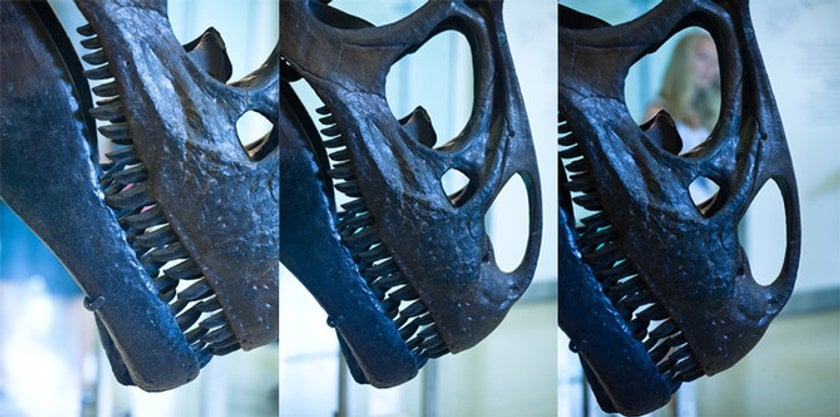
Surprise
The strength of some images is the surprising thing captured in the photograph, usually unintentionally. This might be a photo-bomb-ing relative at a party or person across the subway platform dancing or a street sign seeming to comment on the action in the image. Some times the surprise is simply the thing that does not look like it should belong but does somehow. Related to surprise is distraction - what should not be in the image - like a tree growing out of a person's head. What is the difference between a surprise and a distraction? You want to keep the surprise and remove the distraction. One adds and the other subtracts.

Moment
Some moments just cannot be recaptured. The image was taken at exactly the right time from the right angle. A long-time ago a friend took a photo of another friend falling into a swimming pool. The photo captured the exact moment of the friend breaking the surface of the water, clothes still dry on one side. A split second earlier or later and the photo was just okay. What made it special was the moment. Special moments are keepers.
Not every idea works for every choice or comparison between photographs. At times the ideas contradict or compete in the same image. Some attributes may be missing completely. Prioritizing these ideas is part of the decision making process, which is tied to the intention of the photographer. What is the purpose of the photograph? What is it expressing?
Making a lot of decisions tends to lead to similar answers. This leads to personal style. Style is the how and what of the image. Style is what you cannot help but do. Create enough photographs with all the big and small decisions involved and a style emerges. Part of your style may be explicit, like always processing to black & white, but parts will be much more subtle than that.
An important component of style is motivation. Why take photos at all? What is the purpose? How does the photographer feel about the subject? About photography? About life? Is that expressed in the photos? Style is part of that creative expression. Style is your unique voice. Style is collectively the answers to all those choices made when creating, keeping, processing, and sharing images.
The reasoning behind those answers is your point of view. A strong artist has a strong point of view. This does not mean inflexibility, just a focus of thinking and action. Without a clear point of view, the decisions get fuzzy and arbitrary.
As you chose and rank your images, recognizing the reasons for the choices builds up the strength of your view. It helps clarify what you are doing and leads to easier decisions. So, as you go through your images to make decisions about which are good, better, and best, keep the ideas above in mind. There is more than just liking an image or seeing it as interesting. Know why. Train your eye for what is important to you. Viewers want to see you in your photographs as much as they want to see good photographs.
Give Snapselect a try. Pick your favorites. Make comparisons. It is easy and rewarding to look closer at your photographs. Go to Snapselect for more information and to download it from the Mac App Store.
About Geoff
Geoff Scott teaches about the tools of digital photography at the School of Visual Arts. He is the co-author of Power, Speed & Automation in Photoshop from Focal Press.



